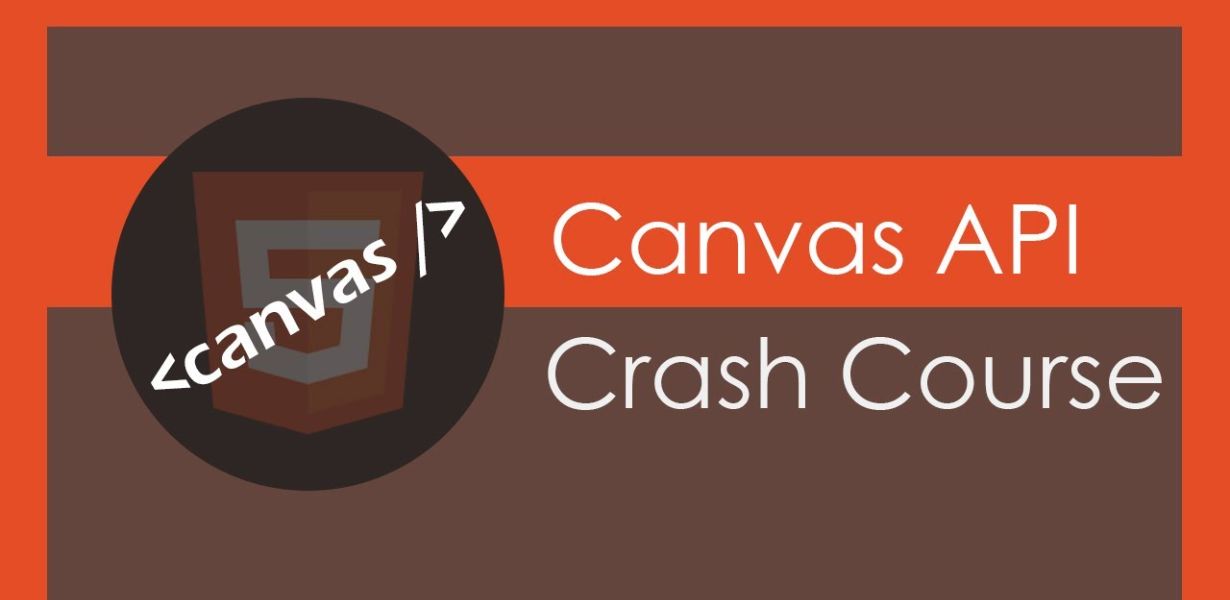
Canvas API Artistry: Crafting Masterpieces with HTML5 Canvas
- Post
- August 8, 2023
- Canvas API, Web APIs, Web Technologies
- 0 Comments
In the ever-evolving landscape of technology, where innovation is the norm, the HTML5 Canvas API has emerged as a remarkable tool for tech enthusiasts and creative minds alike. With the power of the Canvas API, developers and artists are melding code and artistry to produce stunning visual experiences that blur the lines between technology and creativity.
In a realm where code meets canvas, the HTML5 Canvas API has unlocked a new dimension of artistic expression. This technology marvel empowers creators to wield the magic of code, bringing their imaginative visions to life through intricate designs, animations, and interactive experiences. Let’s delve into the world of Canvas API artistry, where pixels transform into masterpieces and innovation knows no bounds.
Understanding the Canvas API: A Glimpse into the Magic
The HTML5 Canvas API is a versatile element that renders dynamic graphics, animations, and even games directly onto a web page. It provides a blank digital canvas on which developers can draw shapes, images, and texts programmatically using JavaScript. This ability to manipulate pixels in real-time enables the creation of visually stunning and interactive content.
- Key Features of the Canvas API:
- Immediate Mode: The Canvas API operates in immediate mode, allowing developers to dynamically update content as events occur.
- Pixel Control: Precise pixel-level control grants artists the freedom to create intricate details and animations.
- Versatility: From data visualization to artistic expression, the Canvas API’s versatility knows no bounds.
Unleashing Creativity: How Canvas API Fosters Artistic Expression
Artists and developers are converging in the digital realm, weaving their passions into breathtaking creations. The Canvas API serves as a bridge, enabling tech enthusiasts to channel their inner artists and vice versa. By harnessing the power of code, they craft interactive visual experiences that captivate audiences worldwide.
- From Code to Canvas: Developers-turned-artists leverage the Canvas API to transform complex algorithms into captivating visuals.
- Interactive Experiences: The marriage of interactivity and artistry flourishes as users engage with Canvas API-powered animations and applications.
- Data Visualization Redefined: The Canvas API isn’t limited to aesthetics—it’s a potent tool for conveying data through visually appealing charts and graphs.
Mastering the Canvas API: Inspiring Examples of Innovation
In the realm of HTML Canvas examples, creativity takes flight, showcasing the profound impact of the Canvas API on digital artistry and user experiences.
- Captivating Animations: Dynamic animations, powered by the Canvas API, bring websites and applications to life with fluid motion and engaging transitions.
- Game-Changing Games: HTML5 Canvas games redefine the gaming landscape, providing immersive experiences accessible directly from the browser.
- Visual Storytelling: Artists weave narratives by blending visuals and interactivity, creating a new genre of digital storytelling.
Elevating User Engagement: Canvas API and Enhanced User Experiences
The Canvas API isn’t solely for creators—it’s a gift to users as well. By enabling seamless integration of immersive visuals and interactive elements, the Canvas API transforms the way we engage with online content.
- Interactive Product Showcases: E-commerce platforms leverage the Canvas API to present products from every angle, revolutionizing the online shopping experience.
- Engaging Educational Tools: Learning becomes a captivating journey as educators use the Canvas API to illustrate complex concepts and theories visually.
- Dynamic Data Exploration: Users dive into data landscapes with interactive maps and visualizations, making information absorption intuitive and enjoyable.
The Road Ahead: Innovations and Possibilities
As the tech world evolves, so does the Canvas API’s potential. From augmented reality overlays to AI-generated art, the future promises groundbreaking applications of this technology that will further blur the lines between art and code.
Commonly Asked Questions
Q1: Can the Canvas API be used for responsive design?
Yes, the Canvas API can be incorporated into responsive web design by adjusting canvas dimensions and scaling visuals based on screen sizes.
Q2: Is the Canvas API supported on all browsers?
Most modern browsers support the Canvas API, including Chrome, Firefox, Safari, and Edge. However, it’s crucial to test and ensure cross-browser compatibility.
Q3: Can animations created using the Canvas API be exported as video files?
While the Canvas API generates dynamic animations, exporting them as video files typically requires additional tools or libraries.
Q4: How does the Canvas API impact website performance?
Efficient coding practices are essential to maintain optimal website performance when utilizing the Canvas API. Poorly optimized code can lead to slower loading times.
Q5: Are there libraries that simplify working with the Canvas API?
Yes, several libraries, such as Konva.js and Fabric.js, provide abstractions and utilities that streamline the process of working with the Canvas API.
Final Words
In the tapestry of technological innovation, the HTML5 Canvas API emerges as a thread that weaves together code and artistry. It bridges the gap between developers and artists, inviting them to create immersive experiences that defy convention and elevate digital content to a realm of artistic expression. As we gaze into the horizon of possibilities, one thing is certain: the Canvas API has not only unlocked a canvas but an entire universe of creativity and innovation. Dive in, explore, and let your imagination paint the future.




